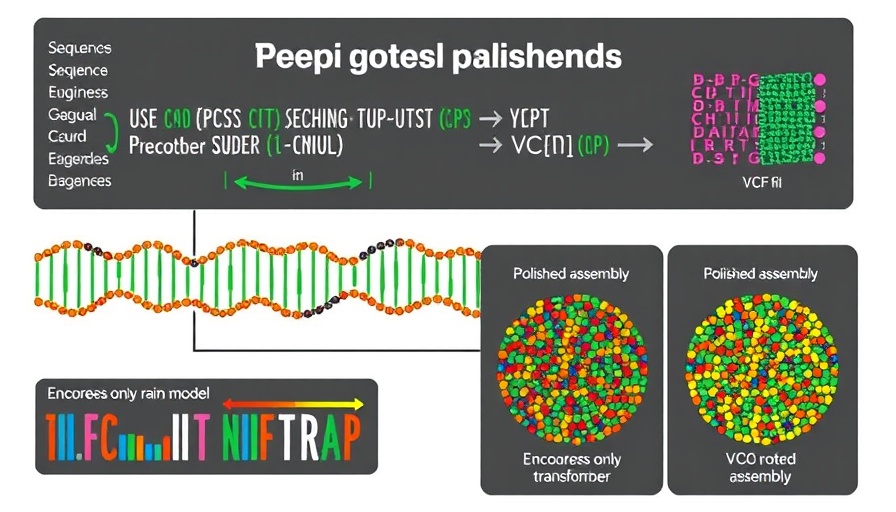
Unlocking the Genome: The Power of DeepPolisher
In a world driven by data, the significance of understanding our genetic blueprint is undeniable. With the introduction of DeepPolisher, a groundbreaking tool developed by Google Research in partnership with the UC Santa Cruz Genomics Institute, the promise of more accurate genome assemblies is closer than ever. Learning about our genomes is more than a scientific endeavor; it's a gateway to innovation in health, ancestry, and biotechnology.
The Importance of Accurate Genome Assembly
The human genome consists of over 3 billion nucleotides, making even minuscule errors during the assembly process a formidable challenge. A small error can lead to significant consequences, such as missing crucial genetic variants responsible for diseases. As researchers work tirelessly to refine genome assembly, tools like DeepPolisher have the potential to revolutionize the field by correcting base-level errors effectively.
How Does DeepPolisher Work?
DeepPolisher implements advanced deep learning techniques to enhance genome assembly accuracy. By correcting errors that occur during the sequencing process, it boasts an impressive reduction in assembly errors by 50% and a staggering 70% decrease in indel errors. This leap in precision is especially vital because indel errors can obscure the identification of gene locations, which is crucial for developing new diagnostics and therapeutics.
Real-World Relevance: A Business Perspective
For small and medium-sized businesses operating in biotech or health sectors, adopting new technologies like DeepPolisher can lead to better product development and improved customer trust. The ability to deliver genetically accurate information positions these companies at the forefront of genomic medicine, paving the path for innovative health solutions.
A Glimpse into the Future: Trends in Genomics
The implications of tools like DeepPolisher extend beyond academia into the corporate sphere. As genomic technologies become more refined, businesses can anticipate a shift toward personalized medicine, targeted therapies, and improved health management solutions. Businesses involved in healthtech are already considering ways to incorporate these advancements into their service offerings.
Counterarguments: Valid Concerns About Genome Polishing
While the benefits of DeepPolisher are clear, some scientists argue that reliance on AI tools for genome assembly could lead to overconfidence in results. It's crucial to balance technological advancements with traditional sequencing methods to ensure accuracy. Businesses must be cautious, relying on validated methods while exploring the potential of deep learning technologies.
Take Action: Your Role in Advancing Genomic Research
As small and medium-sized enterprises look to leverage genomic technologies, understanding the importance of genome accuracy is essential. Businesses must remain informed about the latest advances, consider partnerships with genomic research organizations, and explore how innovations like DeepPolisher can benefit their operations. Engaging with genomic research not only enhances product offerings but also contributes to a healthier society.
Staying ahead in the competitive landscape of healthcare and biotechnology depends on embracing these emerging technologies. Don't miss the opportunity to integrate cutting-edge solutions into your business strategy. Visit research articles and explore partnerships that can position your business within the genomic space today.
 Add Row
Add Row  Add
Add 



Write A Comment